Challenges and Opportunities for Structural Engineers in the Aerospace Industry

The aerospace industry is a rapidly evolving landscape of innovation and technological advancement. As such, the demand for structural engineers with specialized skills, knowledge, and experience has never been higher. For those looking to pursue a career in this field, there are numerous challenges and opportunities that await them as they embark on their journey. In this blog post, we will explore the various challenges and opportunities for structural engineers in the aerospace industry, so that future professionals can make an informed decision.
From understanding the current landscape to exploring educational and career pathways, this article will provide a comprehensive overview of what structural engineering in the aerospace industry has to offer. With a better understanding of these topics, structural engineers can take the necessary steps to develop their skills and pursue a successful career in this field.
Challenges
1. Designing Structures to Withstand Extreme Temperatures and Pressures in Outer Space Environment
Designing aviation structures to withstand extreme temperatures and pressures in the outer space environment is a formidable challenge that structural engineers in the aerospace industry must conquer. These structures must be designed not only to endure temperature variations ranging from -200°C to around 1000°C but also need to withstand the vacuum of outer space and immense pressure fluctuations.
Engineers must ensure that the aviation structure can last the journey operated by several aviation systems and structural components with exceptional durability. This requires tremendous expertise, knowledge about aviation materials, and skillful construction techniques to create structures that are able to remain intact despite the greatest force due to atmospheric disturbances as well as extreme space conditions.
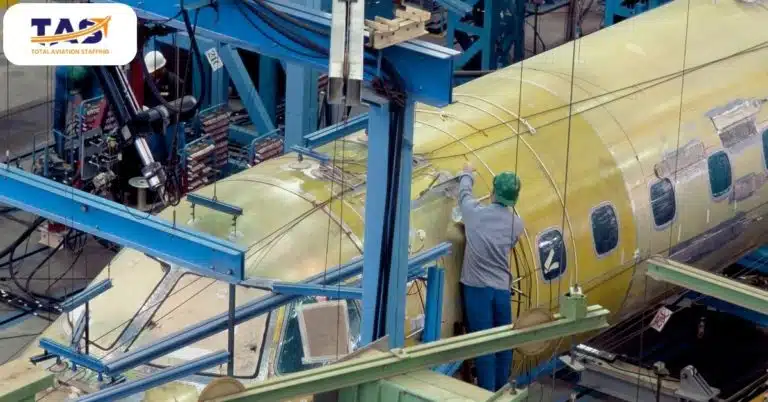
2. Constructing Structures Using New and Innovative Materials
The aviation industry is constantly pushing the boundaries, and thus structural engineers within it are tasked with the challenge of constructing structures using new and innovative materials. Some of these materials, such as composite resin-based products and even 3D-printed ones, present a unique combination of strength and lightweight construction – and thus bring aerodynamic performance benefits to aviation that simply weren’t feasible before.
These elements offer greater flexibility in design; allowing ornate architecture never seen in the aviation industry before. Structural engineers must navigate the various useful characteristics of these materials while still ensuring strict aviation standards are met at all times. With some imagination combined with scientific precision, this challenging field continues to surpass expectations.
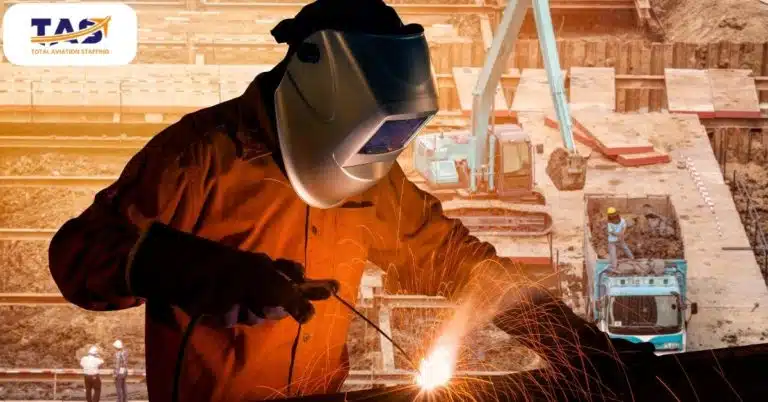
3. Ensuring the Safety of Aerospace Structures in High-Risk Scenarios
Structural engineers in the aviation industry are tasked with constructing aviation components and aircraft that can safely withstand a wide range of operating conditions, both normal and high-risk scenarios. Maintaining aviation safety is the chief concern amongst engineers when designing and fabricating aerospace structures to guarantee optimal performance, taking into account possible failures due to stress or fatigue.
Working with state-of-the-art technologies and engineering techniques, structural engineers must develop sophisticated safety measures in order to keep passengers risk-free on flights while adhering to strict aviation regulations. The challenges they face while creating aviation components capable of sustaining extreme environments can be quite demanding but ultimately drive their commitment to ensuring the highest standards of aviation safety.
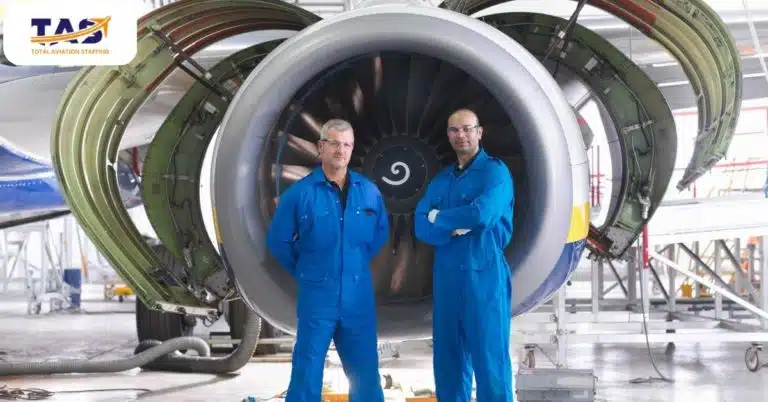
4. Meeting Cost and Time Requirements for Building Projects
Structural engineers in the aviation industry face special challenges when designing aircraft and aviation-related structures. Cost and time constraints are particularly difficult to meet when each component of a project needs to be carefully crafted to exact standards, from the specific features on an airplane wing to the composition of one part over another.
This can put extra strain on budgeting efforts and delay completion timelines if any problems arise. At the same time, structural engineers must be aware of safety regulations and restrictions associated with aviation production in order to ensure that their designs adhere to strict standards that provide maximum security for those operating the equipment.
As such, meeting cost and timeliness expectations while ensuring aviation-grade quality requires experienced professionals with a keen eye for detail and deep knowledge of aviation engineering principles.
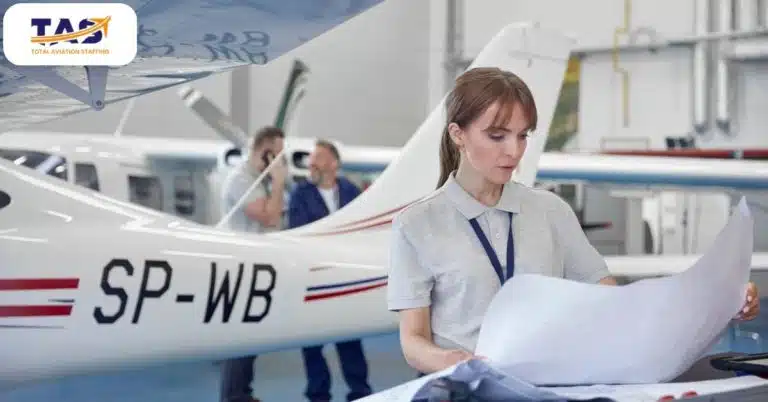
5. Integrating Advanced Technologies Into Aerospace Structures
In the aviation industry, one of the major challenges structural engineers face is integrating advanced technologies into aerospace structures. This involves design adjustments and creative problem-solving to accommodate new technologies while also meeting aviation standards.
Particular attention must be paid to the material availability, manufacturing restrictions, and expected service life of aircraft components. In addition, future aviation regulations could require changes in design criteria which would impact existing designs.
Structural engineers in the aviation industry are regularly presented with these unique challenges while interfacing with both traditional and new technologies.

Opportunities
1. Working On Cutting Edge Projects Such as Electric Aircraft and Spacecraft Designs
Working as a structural engineer in the aerospace industry provides engineers with opportunities to take part in developing some of the most advanced aviation projects available. From electric aircraft designs that revolutionize aviation to utilizing the latest technologies to adding safety and reliability to spacecraft designs, there are plenty of interesting challenges that require creative problem-solving capabilities.
The aviation industry is rapidly advancing and Engineers are key contributors passionate about pioneering progress and innovation. If you’ve always been fascinated with aviation, it is a great career choice to be able to contribute your skills toward shaping the aviation industry of tomorrow.
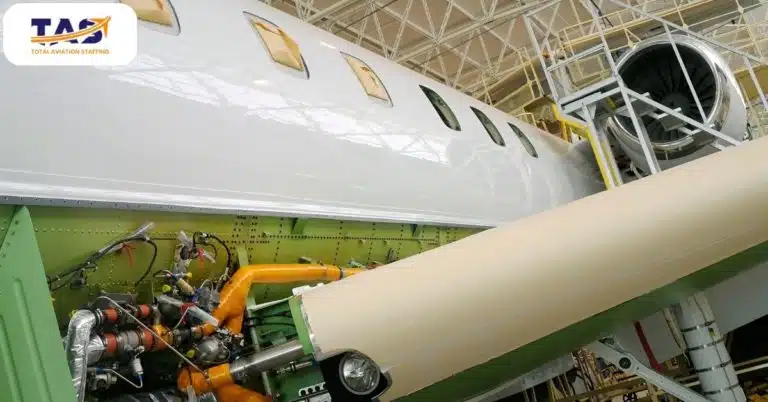
2. Leveraging New Materials and Tools to Create Lightweight, Yet Strong Aerospace Structures
As a structural engineer in the aviation industry, there are many opportunities to develop lightweight, yet strong aerospace structures utilizing new materials and tools. Learning to integrate emerging technologies into aircraft construction, such as 3D printing and composite materials, is a valuable asset for any potential aviation professional.
By developing a design methodology that incorporates these innovative methods of construction, we open up new avenues for aviation projects that were previously unthinkable.
From unmanned aerial vehicles (UAVs) that can fly farther than ever before or super-sleek airliners that are able to increase fuel efficiency – the possibilities are limitless!
As a structural engineer in aviation, it’s an extremely exciting field to be able to leverage the newest materials and tools in order to innovate industry-wide.
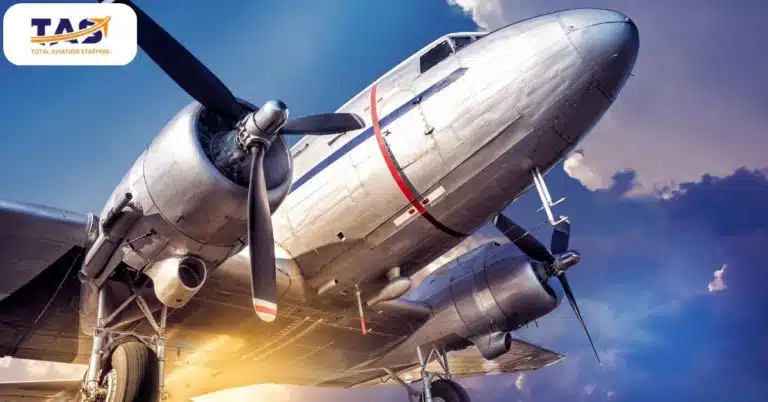
3. Utilizing Computer-Aided Design Systems for Faster Project Completion
One of the most exciting opportunities for Structural Engineers in the aviation industry is the use of Computer-Aided Design (CAD) systems and tools. The high level of precision, accuracy, and automated features that CAD can provide make it ideal for aviation projects that require a large amount of detail and careful calculations to ensure safety.
Structural Engineers are able to collaborate with aviation colleagues on CAD simulations quickly and easily, facilitating faster project completion times and fewer costly iterations. By utilizing CAD systems, Structural Engineers can maximize their aviation projects from concept to design to fabrication with fewer resources expended.

4. Creating Better Fuel Efficient Aircraft Designs That Minimize Environmental Impact
Structural engineers in the aviation industry are tasked with an important mission: creating better fuel-efficient aircraft designs that minimize environmental impact. By pushing aviation technology to its limits, structural engineers can develop ways to reduce fuel consumption and emissions while improving safety, comfort, and performance.
As this is a never-ending process of optimization, it presents ongoing opportunities for professionals in the field who are looking to make their mark on aviation history. They may work on anything from altering existing designs to finding innovative new solutions for meeting environmental standards. Structural engineers must also accommodate technological advancement and consider how new materials and systems interact to maximize aircraft efficiency.
By playing an integral role in creating modern aviation wonders, structural engineers have the chance to contribute a crucial piece of the puzzle that helps protect our planet’s future.
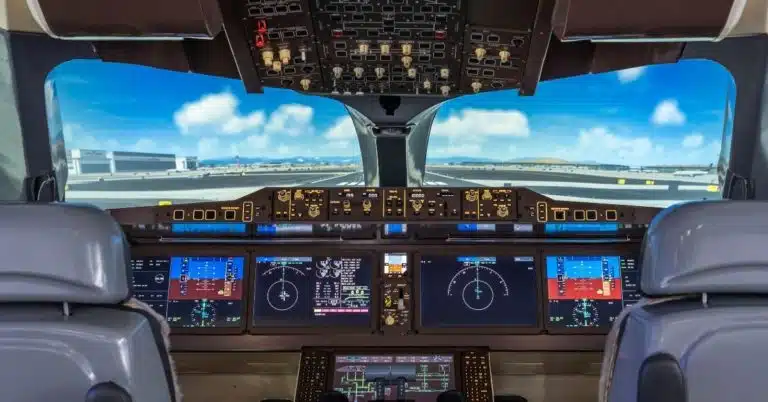
5. Developing the Latest Aircraft Components Using 3D Printing Technology and Composite Materials
Structural Engineers in the aviation industry have a unique opportunity to be part of developing the latest aircraft components using cutting-edge 3D printing technology and composite materials. This breakthrough technology is revolutionizing aviation, making airplanes lighter and more efficient while utilizing materials that are both cost-effective and highly sophisticated.
Structural engineers can take on the challenge to design parts that not only meet standards for aviation safety but also push boundaries for innovation and improve performance. Designers now have significantly more freedom in how they shape their creations, allowing them to apply creativity when engineering new parts.
With these advances come exciting prospects for aviation structural engineers to make long-lasting contributions to aviation history with their knowledge and skill set.

In Conclusion
There are many exciting and rewarding opportunities for Structural Engineers in the aviation industry. From utilizing CAD systems to create better fuel-efficient aircraft designs that minimize environmental impact to developing the latest aircraft components using 3D printing technology and composite materials – the field of Structural Engineering is constantly expanding. With such a rapidly evolving landscape, now is the time to get involved in the world of aviation Structural Engineering and make your mark on history.
The sky is the limit for Structural Engineers in aviation. With knowledge, skill, and creativity, you can shape the future of aviation and help make advances that will benefit our planet. So why wait? Get started today and start exploring all that this field has to offer!
